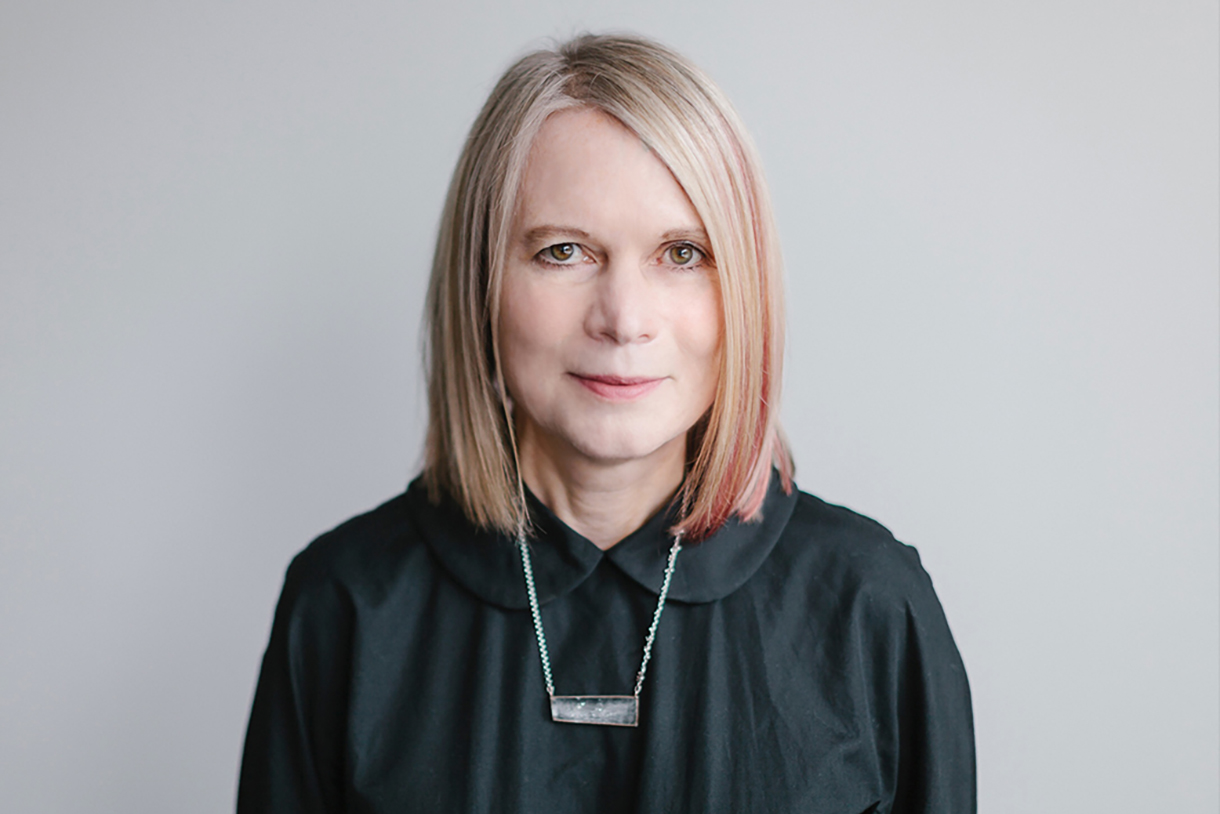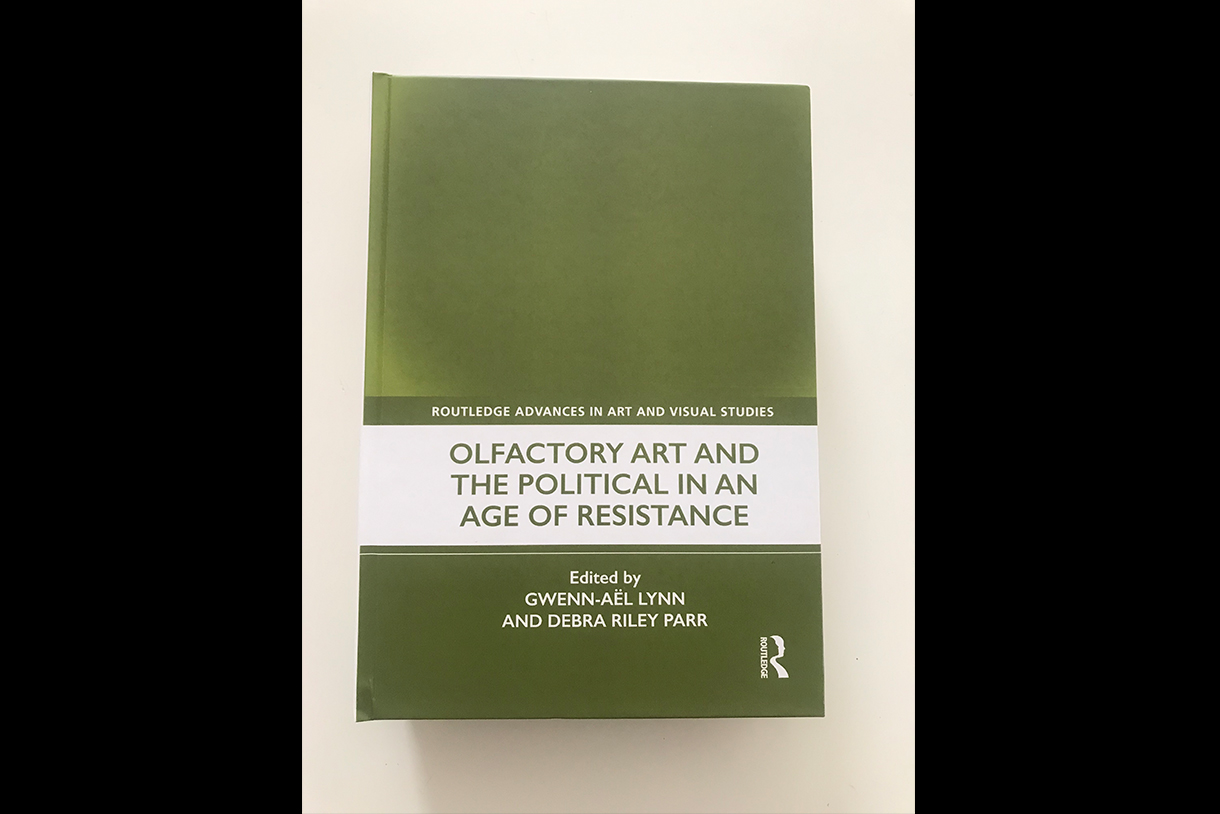Columbia Longtime Faculty Member Talks Olfactory Art, Teaching and Practicing Art and Art History
Debra Riley Parr, Ph.D., Associate Professor and Coordinator of Art History at Columbia College Chicago, came to her interest in art as a young child. Her father was a textile designer and watching him draw and work out patterns on graph paper greatly inspired her. Her interest in art history came much later as a graduate student at Boston University. As a long-time faculty member at Columbia, Dr. Parr talks to us about olfactory art, Columbia, and her current projects.
Why did you choose Columbia College Chicago?
I think Columbia chose me! I was offered a full-time tenure track position, and while I didn’t know much about Columbia College before moving to Chicago, several friends from the city thought I’d like teaching here. They were right—the students are great!
What is your experience in the field and how do you bring those experiences into the classroom?
My research and publications always end up informing my teaching. Right now my work is concerned with olfactory art and its challenges to the visual. I haven’t yet taught an entire course on the role of scent in art practice, but for the past few semesters I’ve made sure that each course I teach has a little section on the sense of smell.
What is the greatest challenge of working in art and art history today? How have you approached overcoming those challenges?
The big challenge right now, and for the past several decades, involves dismantling the field’s white-centric past. Overcoming this legacy for me demands a re-thinking of the whole category of art, a re-thinking of course that has disrupted the field for the past one hundred years, but now can’t be relegated to avant garde formations, which also are entangled in the discipline’s centering of white, male artists. At a practical level, it means systemic change to the courses we teach and the way we teach.
Can you tell me about past projects you are most proud of?
A book of essays, Olfactory Art and the Political in an Age of Resistance, that I edited with Gwenn-Aël Lynn was just published by Routledge. It started out as a panel we chaired at the College Art Association conference a few years ago. We put out a call for papers, and were really happy with the work sent our way from a diverse, international group of artists and scholars. We hope the work contributes to the field by situating art that works with fragrance in a political context.
What projects are you currently working on?
I’m not an artist, but I was invited by colleagues in the Industry of the Ordinary to contribute to an exhibition they are having at the Design Museum. I’ve been pulling together a small installation that features a poem by Russian poet Velimir Khlebnikov, a small handful of sunflower seeds, a jar of flowers submerged in the perfume No. 4711, which Russian author Yevgeny Zamyatin mentions in his astonishing novel We, written in 1920-21.
What advice do you have for students interested in pursuing art as a career?
I’m a bit hesitant to think about art as a career, but if a career is what students are looking for, studying art and art history will give you many skills that will help with that: skills like learning to take responsibility for one’s work; being able to think, write, and talk about that work in relation to other work being done in the field—even throwing a dinner party as an art project, which my students do when they’re studying Futurism with me, can help you develop an understanding that friendships and fun are things not to be ignored while you are pursuing a career.
MEDIA INQUIRIES
Daisy Franco
Communications Manager
dfranco@colum.edu
Recent News
- Columbia Holds Sixth Annual Hip-Hop Festival
- 5 Questions with Columbia Alum and Trustee Staci R. Collins Jackson
- Anchor and Reporter Paige Barnes ’21 Found Stories Worth Telling at Columbia
- Make Columbia Part of Your Holiday Season: Watch Alum Movies and Shows
- Fashion Design Alum Shaquita Reed ’18 Expresses Herself Using Different Mediums

